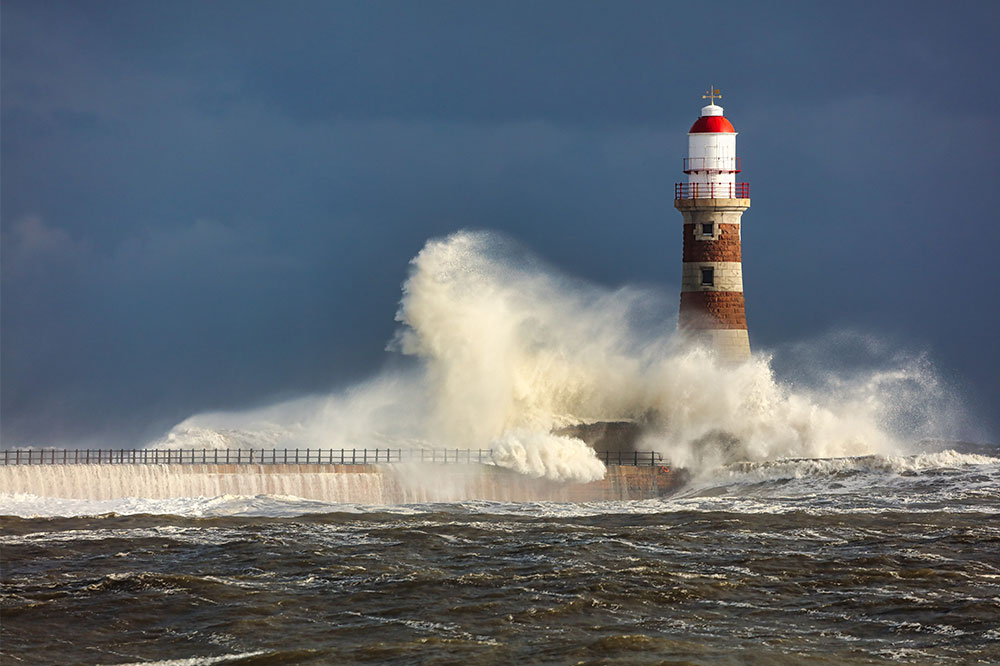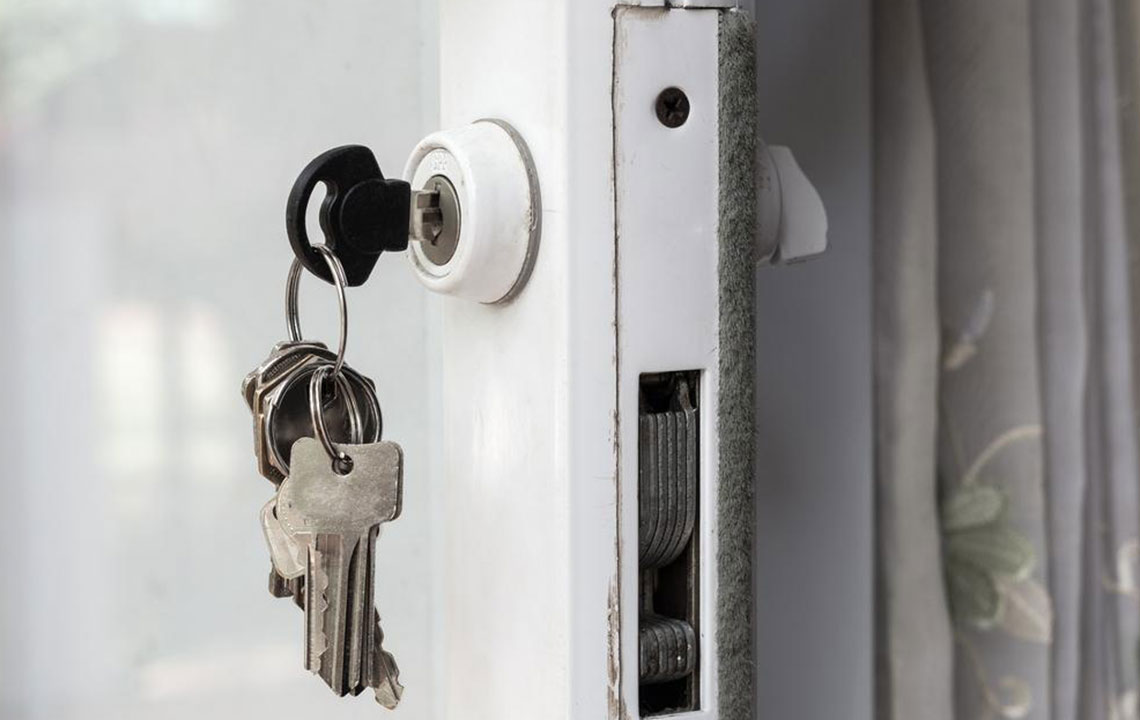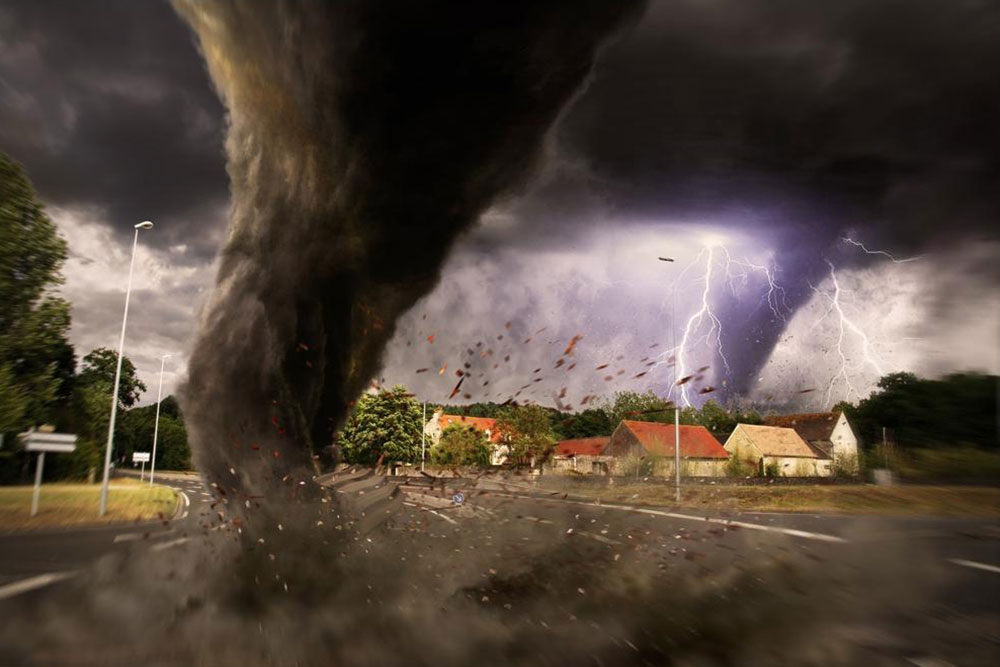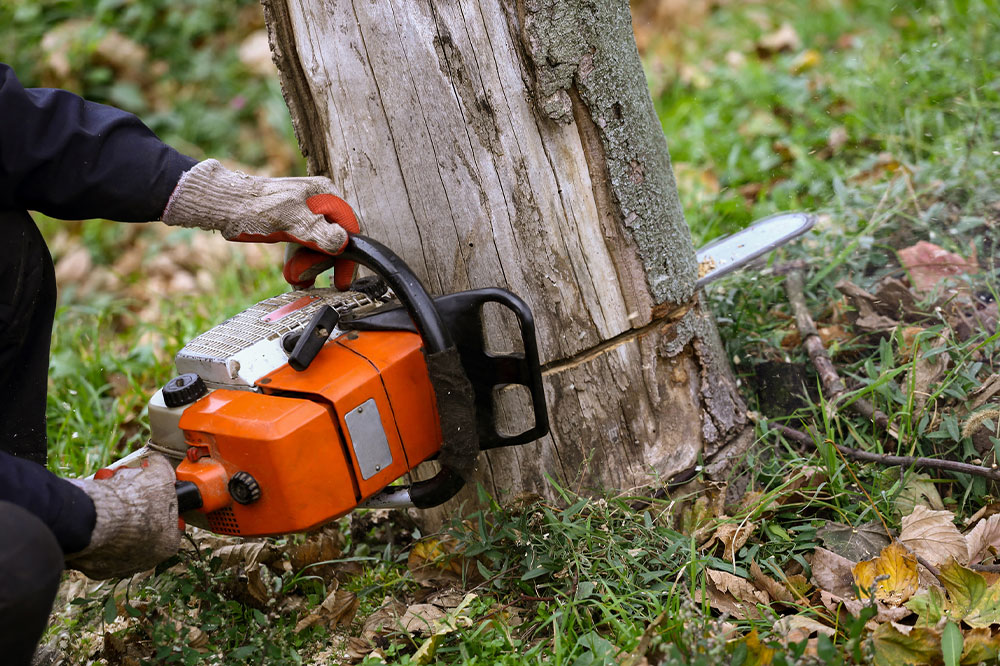Comprehensive Guide to Preparing for Tropical Storm Elsa
This guide offers essential tips for preparing for tropical storm Elsa, emphasizing safety measures, home reinforcement, and emergency planning. Stay informed and ready to protect your property and loved ones during the storm season.

Comprehensive Guide to Preparing for Tropical Storm Elsa
The National Hurricane Center has recently classified a tropical storm that developed over the Atlantic as Elsa. Currently, it is the most significant storm among five major hurricanes impacting Florida, surpassing the formation speed of Storm Edouard in July 2020. Alerts have been issued across key areas along its route, from the Caribbean islands to southern Florida, including Key West, Naples, and Miami.
Essential Preparations for the Storm Season
As Elsa potentially intensifies into a Category 1 hurricane with winds reaching 74-95 mph, residents must take certain precautions.
Areas along Elsa’s path, including the Lesser Antilles, Dominican Republic, Haiti, and parts of Jamaica, may experience intense winds and storm surges.
Residents should prepare for heavy rainfall, with forecasts predicting between 3 to 10 inches in a single day across Barbados, Puerto Rico, and Hispaniola, starting Friday.
Flood warnings are in effect due to potential storm surge, which could raise coastal water levels by up to 3 feet during high tide.
Follow these tips to safeguard your home and ensure safety during a tropical storm.
Outdoor Safety Measures
Residents near the coast with gardens or trees should trim branches, remove dead vegetation, and clear gutters and drains. Elsa’s winds averaging 65 mph can easily topple unsecured objects. Consider hiring professionals for quick repairs and reinforcement to protect your property.
Home Inspection
Have a structural engineer assess your home’s foundation, roof, and framing. This helps identify vulnerabilities and expedites insurance claims if damage occurs.
Inventory Documentation
Photograph belongings inside and outside your house to create a detailed inventory. This simplifies insurance claims and helps value damaged property accurately.
Vehicle Security
Park and secure all vehicles inside garages to prevent them from becoming projectiles during the storm.
Electrical System Checks
Prepare for power outages by installing surge protectors and securing backup power sources like generators. Stock enough fuel for at least a week to keep essential appliances running.
Stock Supplies
Stockpile non-perishable foods, water, and essentials. Stocking early ensures you’re prepared as stores may be closed during the storm.
Create a disaster kit for each family member, including water, food, flashlight, first aid kit, rain gear, and communication devices. Follow authority directives carefully during evacuation scenarios.









